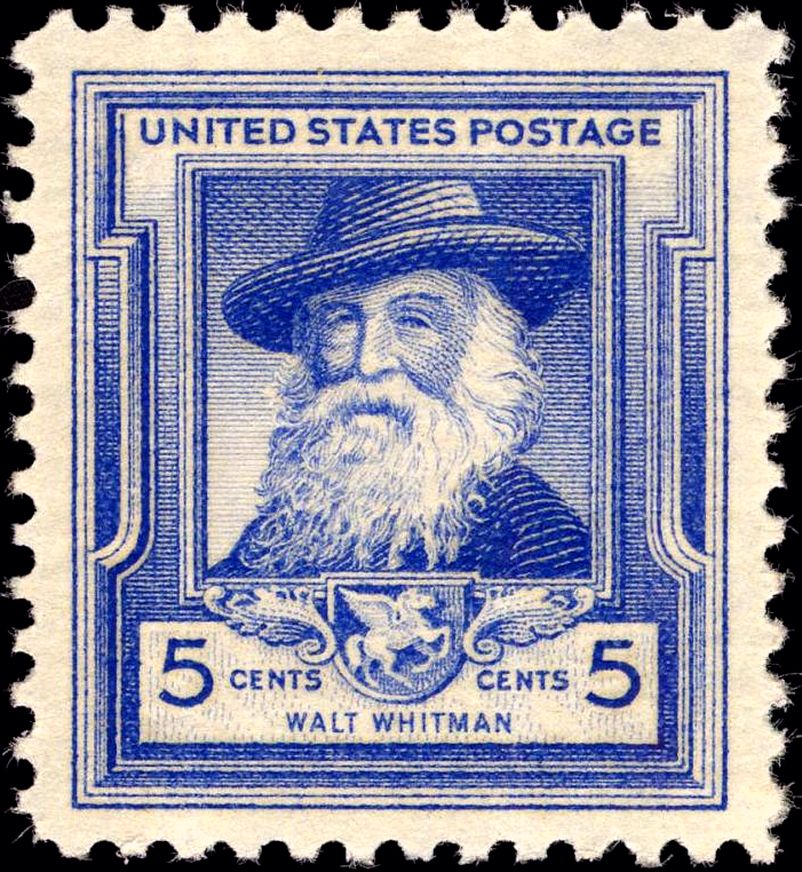![[Snowflakes]](https://riverhouses.org/wp-content/uploads/2025/01/snowflake-emoji-150x150.png) Do your students know how to map out a poem’s rhyme scheme? Why not teach them this week with this easy example.
Do your students know how to map out a poem’s rhyme scheme? Why not teach them this week with this easy example.
Frosty February is upon is, so our homeschool poem-of-the-week for the first week of the month is Robert Frost’s deep-winter classic “Stopping by Woods,” a great read-aloud poem and a great poem for your young homescholars to memorize.
Stopping by Woods on a Snowy Evening
Whose woods these are I think I know.
His house is in the village though;
He will not see me stopping here
To watch his woods fill up with snow.My little horse must think it queer
To stop without a farmhouse near,
Between the woods and frozen lake
The darkest evening of the year.He gives his harness bells a shake
To ask if there is some mistake.
The only other sound’s the sweep
Of easy wind and downy flake.The woods are lovely, dark and deep,
But I have promises to keep,
And miles to go before I sleep,
And miles to go before I sleep.
When you introduce your students to a new poem, especially one in a traditional form, take your time, and don’t worry about “getting” everything right away. A good poem, like this one, is a friend for life, and as with any new friend, it takes several meetings to get acquainted. Before you even start to think about meaning, take a look at the poem’s structure. How many lines does it have? Are the lines grouped into stanzas? How many lines in each stanza? How many syllables in each line?
![[Robert Frost Stamp]](https://riverhouses.org/wp-content/uploads/2019/03/frost-stamp-193x300.jpg) “Stopping by Woods” is a great poem to use to teach about rhyme schemes because it has one of the tightest rhyming structures you’ll find in any well-known English-language poem. To map out a poem’s rhyme scheme, take a look at the end-of-line sounds and assign a letter to each one. For example, in the first stanza we have know–though–here–snow. Let’s call the “‑ow” sound “A” and the “‑ere” sound “B” — that makes the rhyme scheme of the first stanza AABA (know–though–here–snow).
“Stopping by Woods” is a great poem to use to teach about rhyme schemes because it has one of the tightest rhyming structures you’ll find in any well-known English-language poem. To map out a poem’s rhyme scheme, take a look at the end-of-line sounds and assign a letter to each one. For example, in the first stanza we have know–though–here–snow. Let’s call the “‑ow” sound “A” and the “‑ere” sound “B” — that makes the rhyme scheme of the first stanza AABA (know–though–here–snow).
Now take a look at the second stanza: queer–near–lake–year. See what Frost has done? He’s picked up the B-sound (‑ere) from the previous stanza and reused it in queer, near, and year. We can call the rhyme scheme for this second stanza BBCB (the “‑ake” sound hasn’t appeared before, so we give it a new letter, C). The third stanza does the very same thing, picking up the C-sound and reusing it, and adding one sound more: shake–mistake–sweep–flake (CCDC). So far the first three stanzas are AABA BBCB CCDC, each one linked to the next.
How will Frost wrap the poem up in the fourth stanza? If he follows the pattern of the first three stanzas he’ll have one sound left over that doesn’t rhyme with anything. That doesn’t seem very desirable, so what he decides to do instead is pick up the D-sound (‑eep) from the third stanza and rhyme it four times instead of three, bringing the whole work to a neat end: deep–keep–sleep–sleep (DDDD).
It’s very difficult to rhyme this many words in English and make the result sound natural and not overly contrived. That’s one reason Frost is regarded as a great poet. A good skater can do an axel jump; an excellent skater can do a double axel; and an Olympic skater can do a triple axel. A good poet can rhyme two words naturally; an excellent poet can rhyme three words naturally; and a world-class poet, like Frost, can rhyme four or even five words naturally, and give us a poem with this complete rhyme scheme: AABA BBCB CCDC DDDD.
(For a further lesson the next time you meet this poem, why not investigate its meter: perfectly regular iambic tetrameter on every line, without a single missed beat. Here’s a mnemonic for you: “Iambics march from short to long.” And here’s Frost: “Whose woods these are I think I know. / His house is in the village though.”)
What wonderful words and poetical productions have you and your students been studying in your homeschool this Orion Term? 😊
❡ Miles to go before I sleep: If a special line or turn of phrase happens to strike you in one of our weekly poems, just copy it onto your homeschool bulletin board for a few days and invite your students to speak it aloud — that’s all it takes to begin a new poetical friendship and learn a few lovely words that will stay with you for life. ❄️
❡ Literary lives: The website of the Poetry Foundation includes biographical notes and examples of the work of many important poets (including Robert Frost) that are suitable for high school students and homeschool teachers. ✒️
❡ This is a printable lesson: Down at the bottom of this post you’ll find a custom “Print” button that will let you create a neat and easy-to-read copy of this little lesson, and it will even let you resize or delete elements that you may not want or need (such as images or footnotes). Give it a try today! 🖨
❡ Here, said the year: This post is one of our regular homeschool poems-of-the-week. Print your own River Houses Poetry Calendar to follow along with us as we visit fifty of our favorite friends over the course of the year, and add your name to our River Houses mailing list to get posts like these delivered right to your mailbox every week. 📫
❡ Homeschool calendars: We have a whole collection of free, printable, educational homeschool calendars and planners available on our main River Houses calendar page. They will help you create a light and easy structure for your homeschool year. Give them a try today! 🗓
❡ Support our work: If you enjoy our educational materials, please support us by starting your regular Amazon shopping from our very own homeschool teaching supplies page. When you click through from our page, any purchase you make earns us a small commission at no extra cost to you. Thank you for helping us to keep going and growing! 🛒
❡ Join us! The aim of the River Houses project is to create a network of friendly local homeschool support groups — local chapters that we call “Houses.” Our first at-large chapter, Headwaters House, is now forming and is open to homeschoolers everywhere. Find out how to become one of our founding members on the Headwaters House membership page. 🏡




